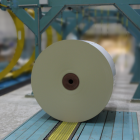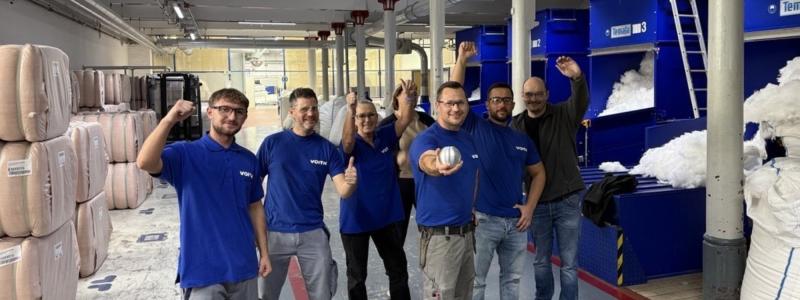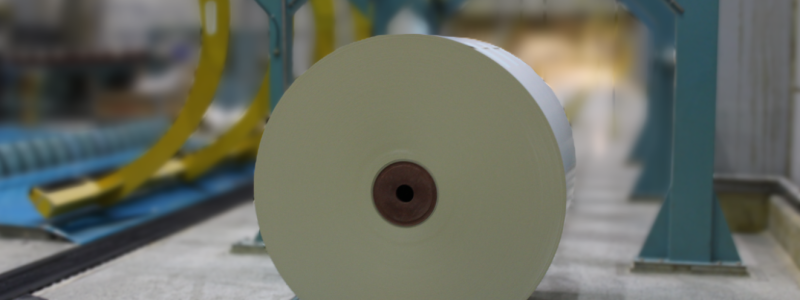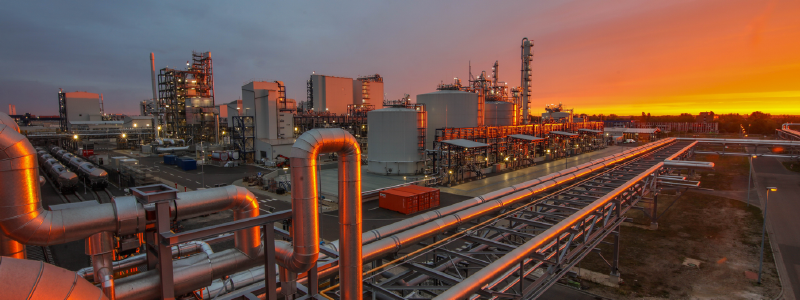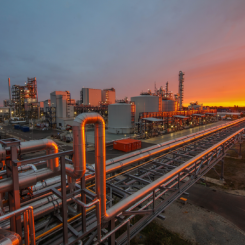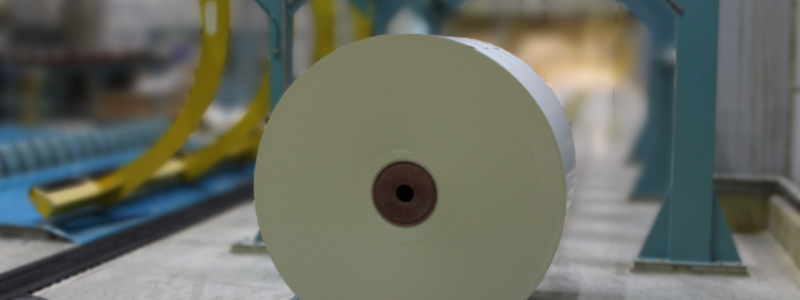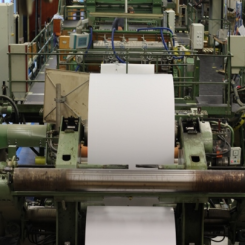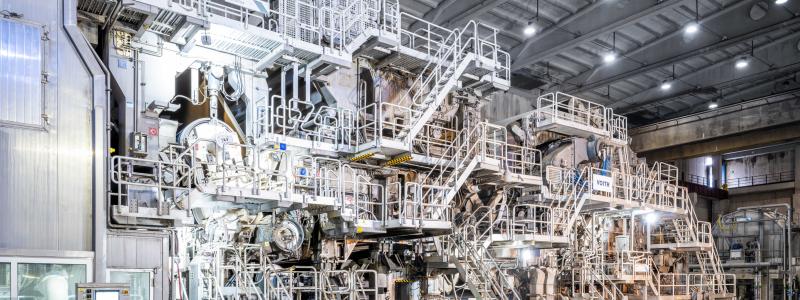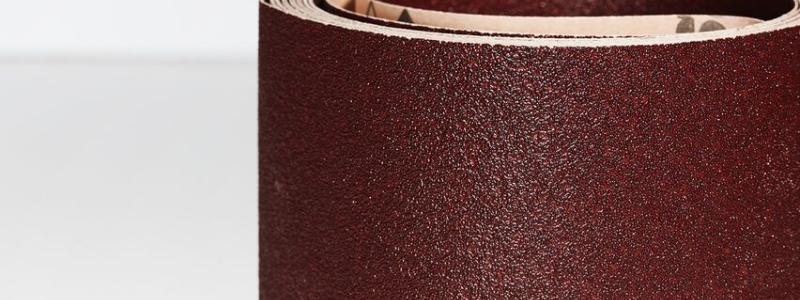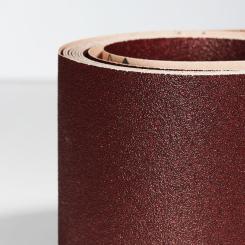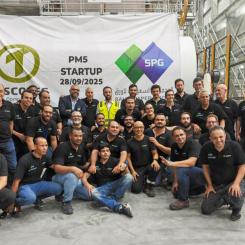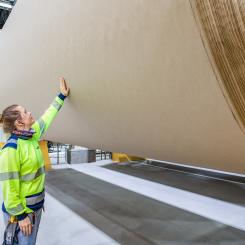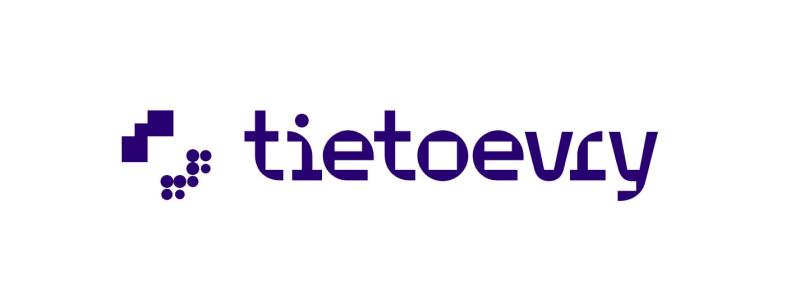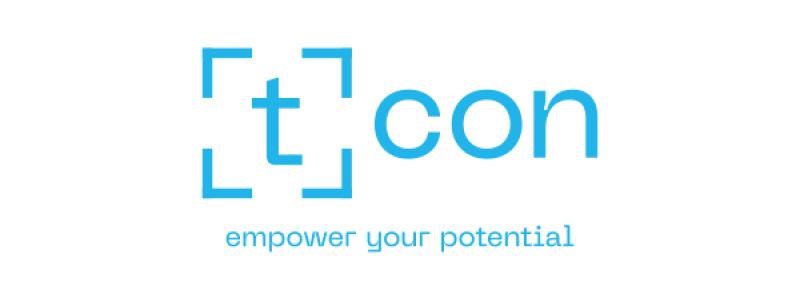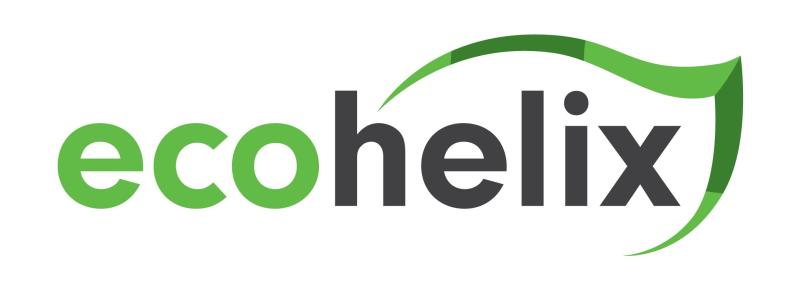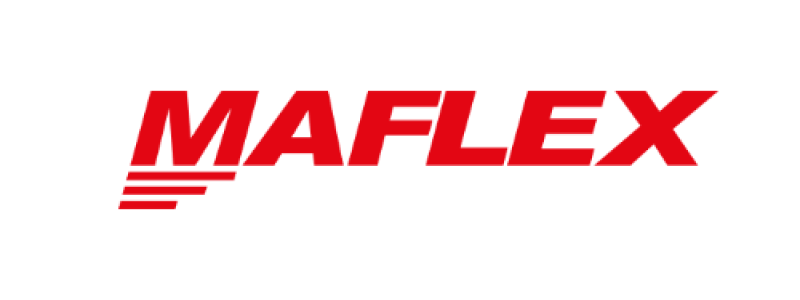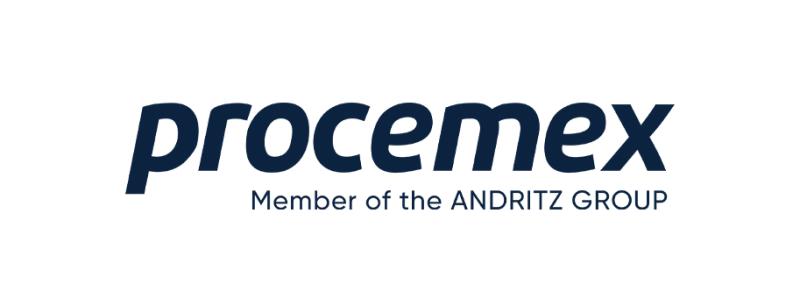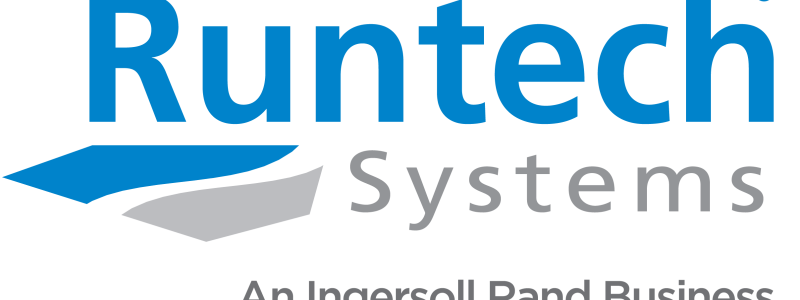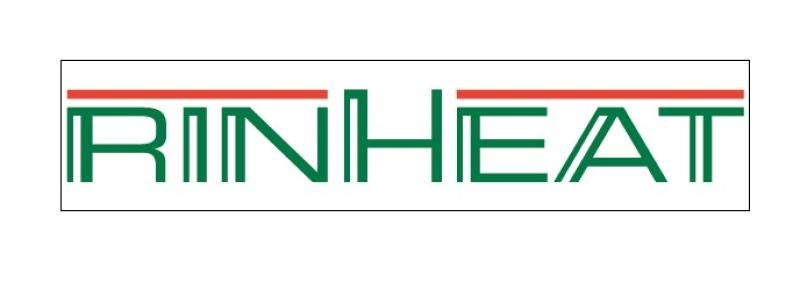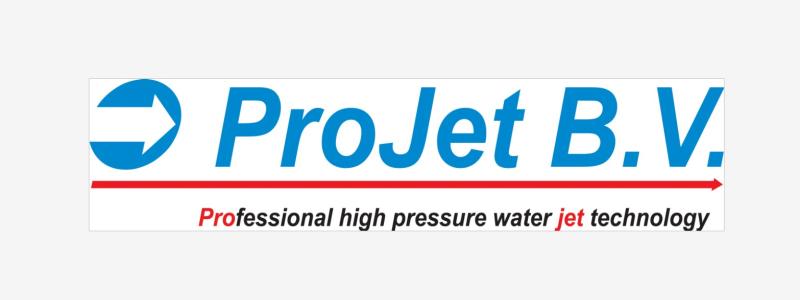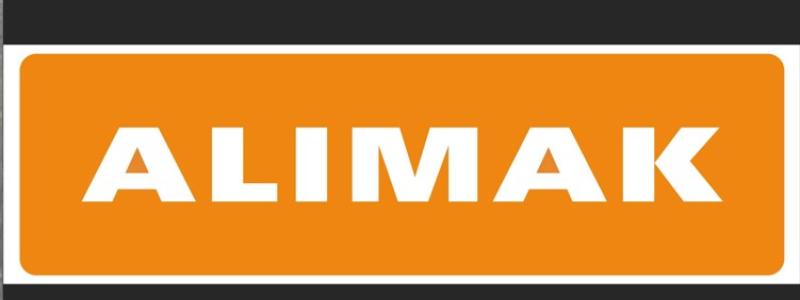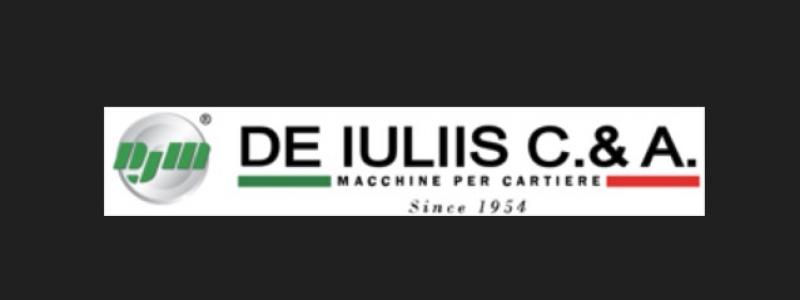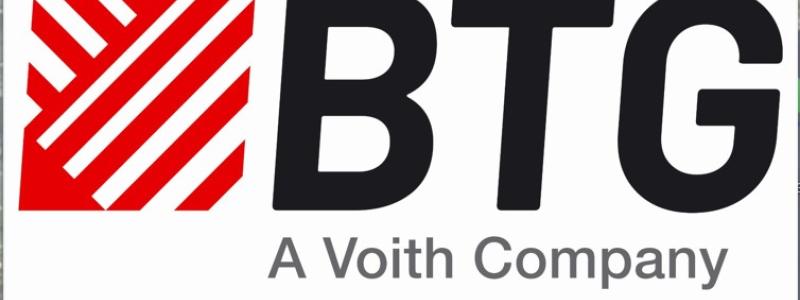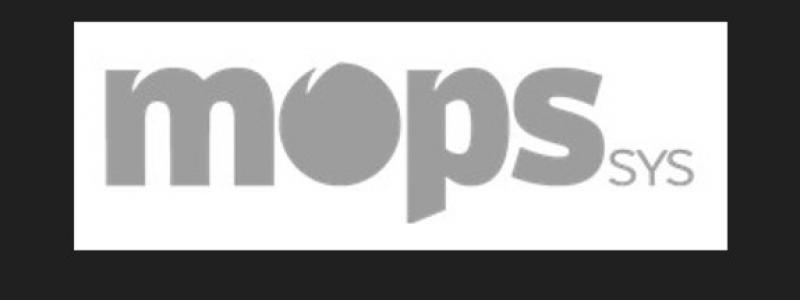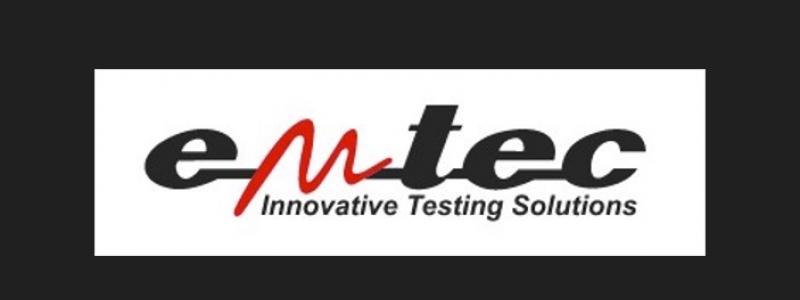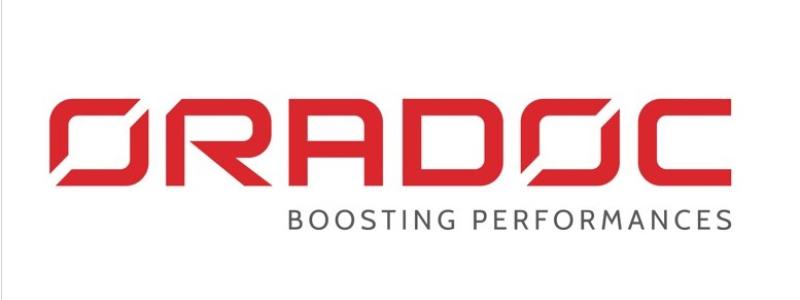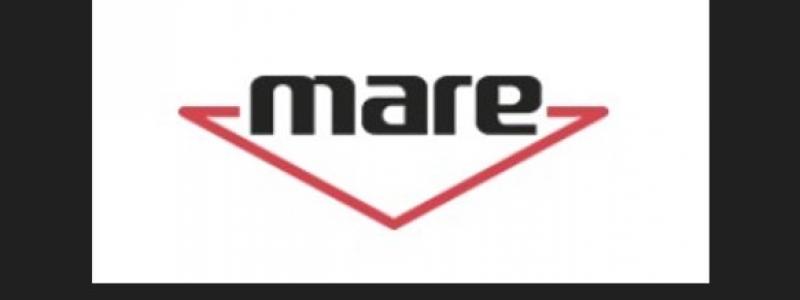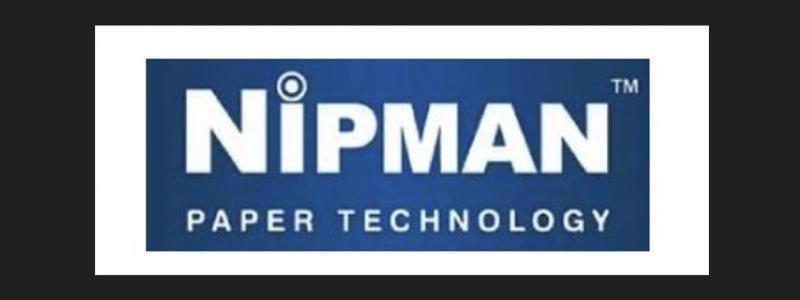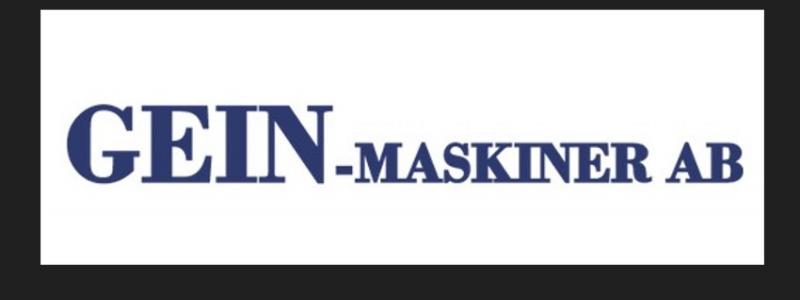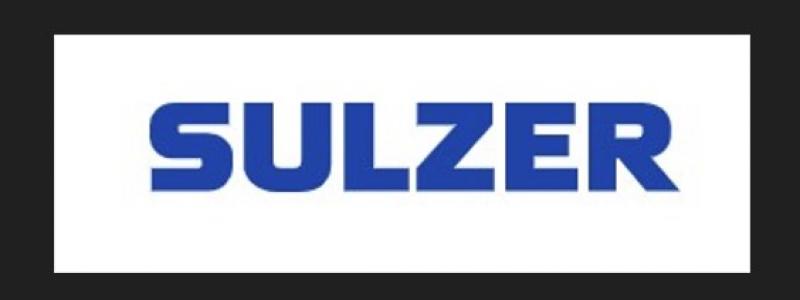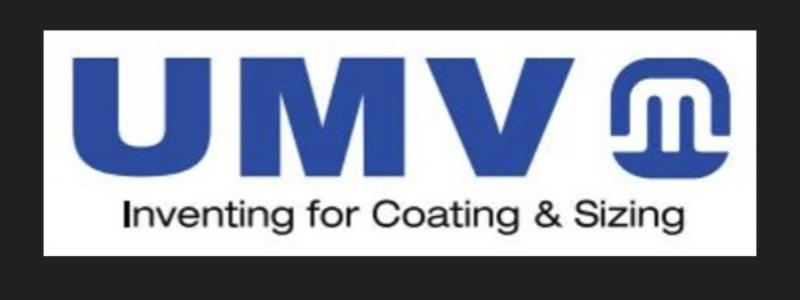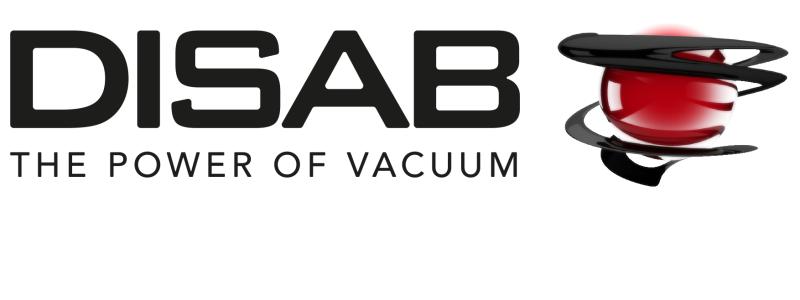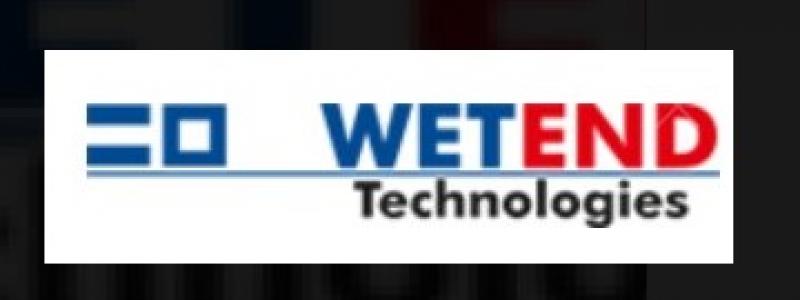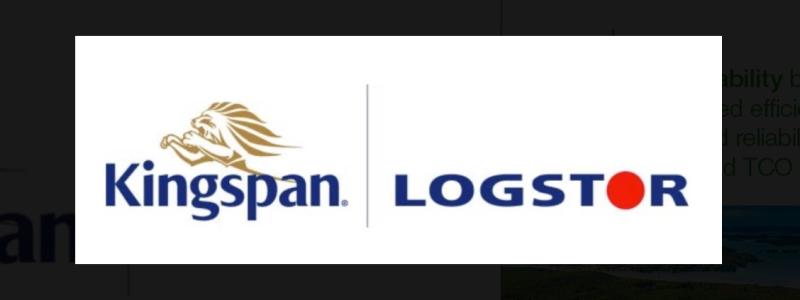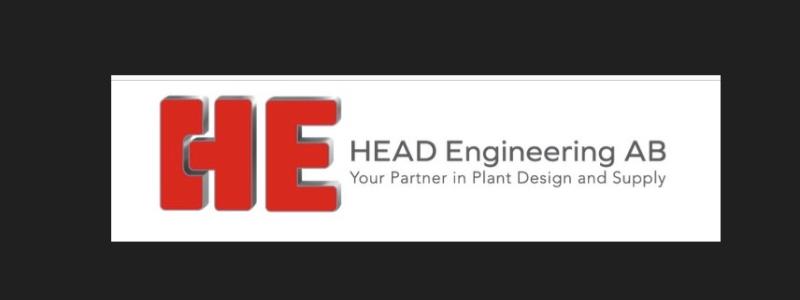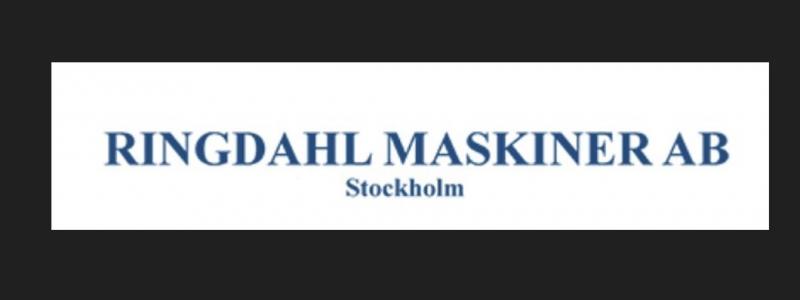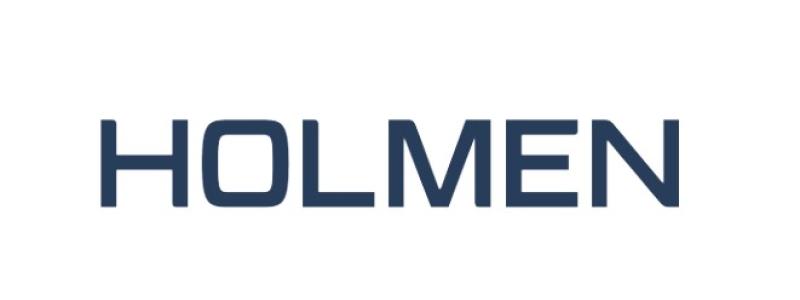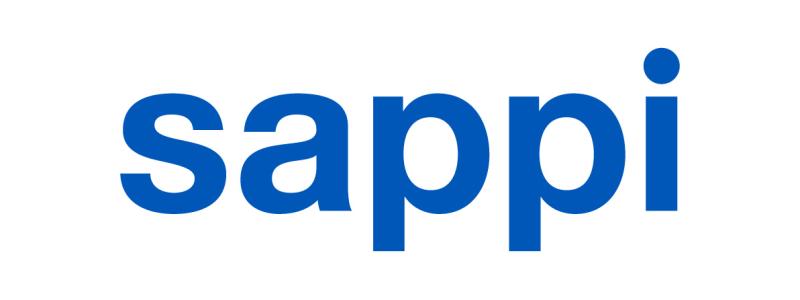Arjowiggins announces that its product Powercoat has received the Product development award at Printed Electronics Europe 2013.
Powercoat was selected by the judges because “it addresses the challenges of using paper as a substrate – turning it into a smooth flexible surface while still being 100% paper and recyclable. This now makes paper a viable substrate for many printed electronics devices where it may not have been suitable before,” according to IDTechEx.
The announcement was made on 17 April during the keynote session at Printed Electronics Europe 2013 in Berlin.
PowerCoat is a unique cellulosic paper formulation and coating process that provides an ultra-smooth and flexible substrate that facilitates the seamless integration of printed electronics and printed graphics, opening a world of possibilities in the packaging, advertising, textile and pharmaceutical industries.
PowerCoat is a sustainable substrate with polymer-like smoothness (as low as 10 nanometers) that offers excellent printability and ink adhesion properties without any plastic content. Its surface reduces the consumption of expensive silver inks and supports high-resolution fine patterning (down to 5μm) of any solution-based electronic layer.
When conventional papers are printed with conductive inks, several issues are generally raised: ink is too easily absorbed by the paper causing unnecessarily high levels of ink consumption; surface roughness leads to low resolution patterning and decreased conductivity; yellowing and colour fading, as well as altering of other physical characteristics of certain substrates occur during sintering (the process which fuses conductive inks to the substrata).
Using existing pressroom environments and processes, the remarkable thermal stability of PowerCoat allows for precision control during sintering. Its structure can withstand the high temperatures required for low-resistance silver ink without discolouration. It can endure a sintering cycle set at 200°C for 5 minutes, as well as flash (photonic) sintering without any noticeable change in physical characteristics.
PowerCoat is ideal for roll-to-roll processing due to its high dimensional stability under mechanical tension. It makes high resolution printing of fine patterns possible with fewer registration issues.
For a long time, it has been said that “plastics make it possible”. PowerCoat has proven that paper is just as reliable for applications in the world of Printed Electronics, and at the same time is much less hazardous to the environment than plastics.


